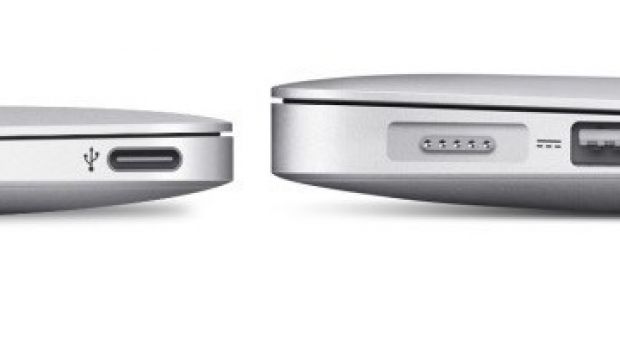

Connect the USB device to another computer.Tags Adobe APFS Apple AppleScript Apple silicon backup Big Sur Blake bug Catalina Consolation Console diagnosis Disk Utility Doré El Capitan extended attributes Finder firmware Gatekeeper Gérôme HFS+ High Sierra history history of painting iCloud Impressionism iOS landscape LockRattler log logs M1 Mac Mac history macOS macOS 10.12 macOS 10.13 macOS 10.14 macOS 10.Connect the USB device to another USB port.You should see a device disappear from System Information when you remove the USB device, and it should appear again when you reconnect it. To use a device, such as Internal Microphone, click it. You should see a list of devices you can use as a sound source, including, (hopefully) the microphone you want to use. Head to System Preferences > Sound, and then click the Input tab. Wait a few minutes, and click File > Refresh Information. A common cause of microphone problems is a misconfigured sound input.
/cdn0.vox-cdn.com/uploads/chorus_image/image/49611051/HyperDrive_MDP.0.0.jpg)
If your Mac notebook charges with one USB-C cable but not another, immediately stop using the cable that doesnt work and get your cable and power supply evaluated. Boot the MacBook Pro / Air by hitting the power button as is typical. Hold down Shift+Control+Option+Power concurrently for a few seconds, when the light on the power adapter blinks or changes colors you’ll know SMC reset is complete. Open System Information and disconnect the USB device from your computer. Remember that not all USB-C cables can charge your MacBook, MacBook Air or MacBook Pro, so make sure that the cable youre using is designed for charging. Shut down the Mac and connect the power cable.If you install a new USB device and Mac OS does not detect it, you can complete the following tests to identify the issue: Click About This Mac > More Info > System Report.Charger Replacement for Acer USB C Charger for MacBook Pro 2018, MacBook Air, iPad Pro 12. In the top-left of the screen, click the Apple icon. While charging this limit you to just one open USB port.To open System Information, complete the following: If you’ve downloaded an app from an unknown source, there is the potential for it to contain malware, which could also cause the problem. You can find the name of the chipset by navigating to, searching for the product ID, and clicking the Technical Specifications tab. If the USB ports not working on your MacBook Pro or iMac is a recent issue, and there doesn’t seem to be any problem with USB devices, it could be that an app is conflicting with USB functionality. The USB device is displayed in System Information, under the name of the chipset. Examples of appropriate headings for a USB video adapter include "USB without the driver installed" or "Graphics and Displays". To determine if Mac OS detects your USB device, you need to open System Information on your computer to see if your USB device is listed under the appropriate heading or is listed with an error (for example, "Device has not been configured").


 0 kommentar(er)
0 kommentar(er)
